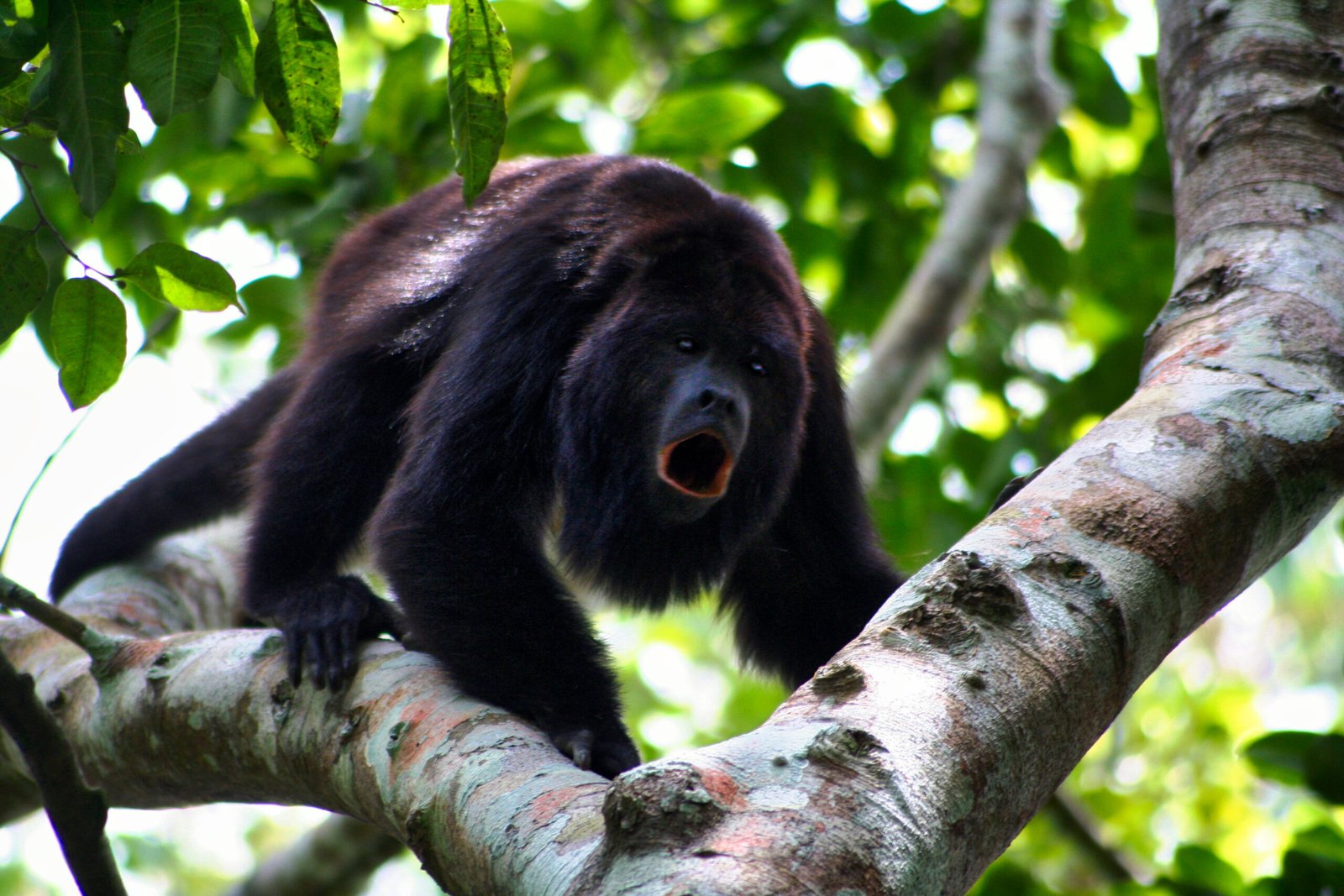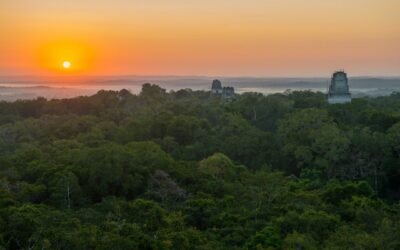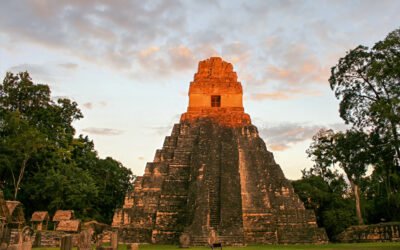Nestled in the lush rainforests of the largest province of Guatemala, Peten lies the remains and the History of Tikal. This monumental city stood as a testament to the grandeur of the ancient Maya civilization. Its origins date back to the 4th century B.C. Tikal flourished during the Classic Period from 200 to 900 AD. This sprawling metropolis boasted over 3,000 structures, showcasing its prowess as a political, economic, and military hub in pre-Columbian times. The name ‘Tikal‘ is believed to stem from the Yucatec Maya language, meaning at the waterhole,’ hinting at its strategic location amidst verdant landscapes.
Historical Context
Early History
Tikal’s origins can be traced back to the 4th century B.C. when the city began to take shape amidst the dense Guatemalan rainforests. During the Preclassic Period, archaeologists unearthed evidence of agricultural activities dating back to 1000 B.C. Additionally, remnants of ceramics from around 700 B.C. have been discovered, shedding light on the early inhabitants’ daily lives and practices.
In the subsequent Classic Period, Tikal reached its zenith as a bustling urban center teeming with life and activity. The monumental architecture that defines Tikal today emerged during this era, showcasing the city’s architectural prowess and cultural sophistication.
Major Events
The rise of Tikal marked a significant turning point in Maya civilization. It transformed into a powerful kingdom that exerted influence over vast territories. This period saw the consolidation of Tikal’s power through strategic alliances and conquests, solidifying its position as a dominant force in Mesoamerica.
However, Tikal faced conflict and challenges as rival city-states vied for regional supremacy. Notably, experts have deciphered glyphs indicating a conflict with Caracol, a Maya city in present-day Belize, underscoring the intricate political dynamics of the time.
Decline and Abandonment
As the Classic Period waned, Tikal entered a decline phase characterized by shifting political landscapes and internal strife, and the Postclassic Period witnessed a gradual unraveling of Tikal’s once-mighty empire, eventually abandoning it as a significant urban center.
Despite its abandonment, Tikal endured through the centuries until its rediscovery in modern times, which renewed interest in its ancient splendor. Ongoing archaeological excavations unveil new insights into Tikal’s rich history and cultural significance.
Cultural Significance
Religious Importance
Ceremonial Practices
The priests at Tikal performed elaborate ceremonial practices to honor the deities and ensure prosperity for the kingdom. Rituals involving offerings of food, incense, and sacred objects were meticulously carried out in the grand plazas, symbolizing the city’s spiritual devotion.
Deities Worshipped
Deities worshipped in Tikal represented various aspects of nature and cosmic forces. The Mayan pantheon included gods associated with agriculture, fertility, rain, and the sun. The inhabitants revered these deities through intricate rituals and ceremonies to seek their blessings for bountiful harvests and protection from calamities.
Social and Political Structure
Role of the Rulers
The role of the rulers in Tikal was paramount, as they served as divine intermediaries between the people and the gods. Kings held immense power and authority, overseeing religious ceremonies, military campaigns, and administrative affairs. Their leadership was crucial in maintaining social order and upholding the city’s prosperity.
Daily Life of the Inhabitants
The inhabitants’ daily lives revolved around agricultural activities, craftsmanship, trade, and religious observances. Commoners grew maize, beans, and squash to sustain their families, while artisans crafted intricate pottery and textiles for domestic use. Marketplaces bustled with activity as traders bartered goods from distant regions, enriching Tikal’s cultural tapestry.
Archaeological Discoveries
Major Excavations
Major excavations at Tikal have unearthed monumental temples, palaces, ball courts, and residential complexes that offer insights into ancient Maya civilization. Archaeologists meticulously uncover buried structures to reveal architectural marvels adorned with intricate carvings and hieroglyphic inscriptions that narrate tales of dynastic struggles and divine interventions.
Key Findings
Key findings from archaeological expeditions include jade ornaments, ceramic vessels, sacrificial remains, stelae depicting royal lineages, and astronomical observatories. These discoveries shed light on Tikal’s socio-political organization, religious beliefs, artistic achievements, and scientific knowledge during its heyday. Each artifact is a tangible link to a bygone era when Tikal was a beacon of Maya culture.
The history of Tikal stands as a monumental testament to the ancient Maya civilization, showcasing its grandeur and cultural richness. The recognition of Tikal as a UNESCO World Heritage Site in 1979 underscores its significance as one of Central America’s most significant archaeological complexes. Today, the History of Tikal remains an iconic symbol of Maya heritage, inviting visitors to explore its well-preserved ruins amidst the lush landscapes of Tikal National Park.











0 Comments